CHEM134 Week 4 Lesson 2 Quiz
- $25.00
- Question: Concerning the rate law, Rate = k[A]2[B], what are appropriate units for the rate constant k?
- Question: The hydrolysis of tert-butyl chloride is given in the reaction below:
- Question: What is the name given to a substance that increases the rate of a chemical reaction but is not itself consumed?
- Question: For the reaction, X + Y → Z the reaction rate is found to depend only upon the concentration of X. A plot of 1/X verses time gives a straight line. What is the rate law for this reaction?
- Question: Carbon dating may be used to date (once living) materials that are between 100 and 40,000 years old. What percentage of carbon-14 remains in a sample after 1.99 x 104 years? The half-life of the first-order decay of carbon-14 is 5730 years.
- Question: A reaction was experimentally determined to follow the rate law, Rate = k[A]2 where k = 0.456 s-1M-1. Starting with [A]o = 0.500 M, how many seconds will it take for [A]t = 0.250 M?
- Question: Hydrogen peroxide decomposes to water and oxygen according to the reaction below: 2 H2O2(aq) → 2 H2O(l) + O2(g) In the presence of large excesses of I-ion, the following set of data is obtained. What is the average rate of disappearance of H2O2(aq) in M/s in the first 45.0 seconds of the reaction if 1.00 L of H2O2 reacts at 25°C and 1.00 atm pressure?
- Question: How are the exponents in a rate law determined?
- Question: Initial rate data have been determined at a certain temperature for the gaseous reaction 2NO + 2H2 → N2 + 2H2O What is the value of the rate constant?
- Question: Consider the reaction:
- Question: A first-order reaction is 45% complete at the end of 35 minutes. What is the length of the half-life of this reaction?
- Question: The decomposition of formic acid follows first-order kinetics: HCO2H(g) → CO2(g) + H2(g) The half-life for the reaction at 550 °C is 24 seconds. How many seconds does it take for the formic acid concentration to decrease by 88.8 %?
- Question: Chlorine dioxide reacts in basic water to form chlorite and chlorate according to the following chemical equation: 2ClO2(aq) + 2OH–(aq) → ClO2–(aq) + ClO3–(aq) + H2O(l)
Under a certain set of conditions, the initial rate of disappearance of chlorine dioxide was determined to be 2.30 x 10–1 M/s. What is the initial rate of appearance of chlorite ion under those same conditions?
- Question: Cerium(IV) ion reacts with thallium(I) ion in a one-step reaction shown below: 2 Ce4+(aq) + Tl+(aq) → 2 Ce3+(aq) + Tl3+(aq). If the rate law is: Rate = k[Ce4+]2[Tl+], what is the overall order of the reaction?
- Question: The decomposition of dinitrogen pentoxide is described by the chemical equation 2 N2O5(g) → 4 NO2(g) + O2(g) If the rate of appearance of O2 is equal to 2.40 mol/min at a particular moment, what is the rate of disappearance of N2O5 at that moment?
- Question: The elementary steps for the catalyzed decomposition of dinitrogen monoxide are shown below. N2O(g) + NO(g) → N2(g) + NO2(g) NO2(g) → NO(g) + 1/2 O2(g) Which of the following statements is/are CORRECT?
- Question: The decomposition of ozone may occur through the two-step mechanism shown: Step 1: O3 → O2 + O Step 2: O3 + O → 2O2 The oxygen atom is considered to be a(n):
- Question: At 700 K, the rate constant for the isomerization reaction from cyclopropane to propene is 6.2 × 10–4 min–1. If 20% of a sample of cyclopropane is isomerized to propene, how many minutes did it take?
- Question: According to collision theory, which condition(s) must be met in order for molecules to react? 1) The reacting molecules must collide with sufficient energy to initiate the process of breaking and forming bonds. 2) A catalyst must be in contact with the reacting molecules for a reaction to occur. 3) The reacting molecules must collide with an orientation that can lead to rearrangement of the atoms.
- Question: At 25°C the rate constant for the first-order decomposition of a pesticide solution is 6.40 × 10–3 min–1. If the starting concentration of pesticide is 0.0314 M, what concentration will remain after 62.0 min at 25°C?
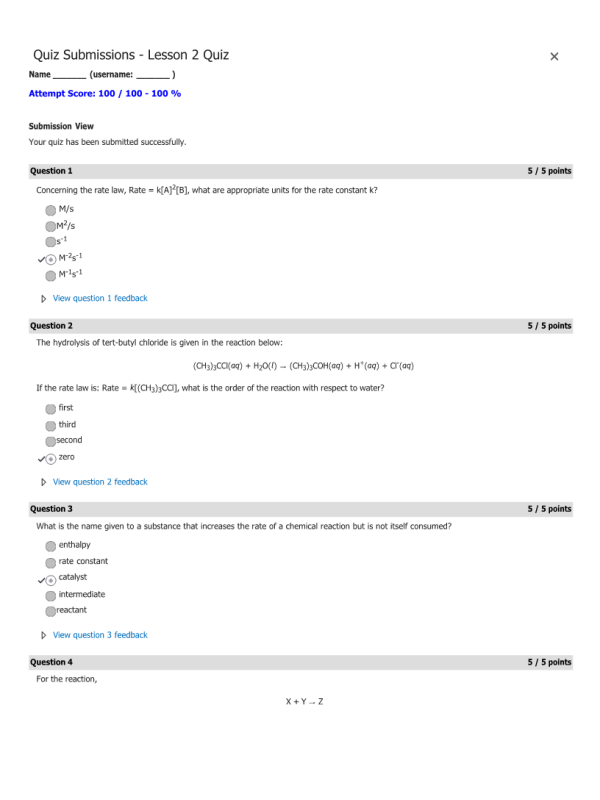
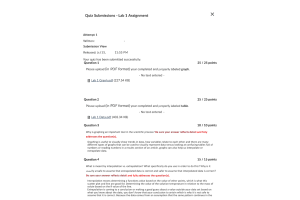
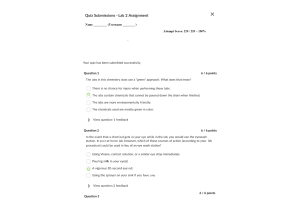
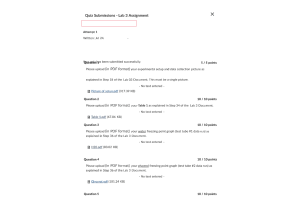
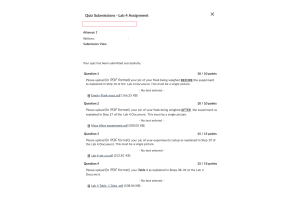
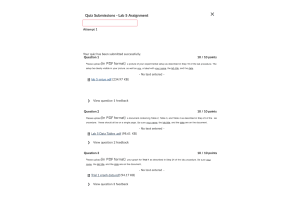
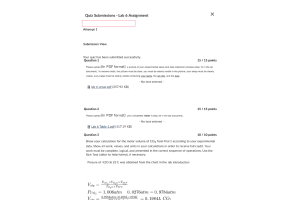
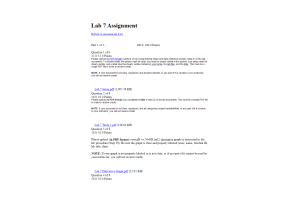
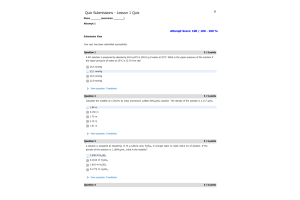
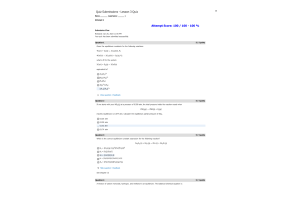
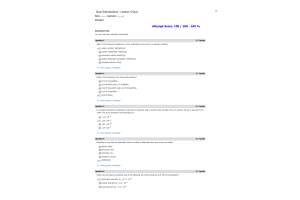
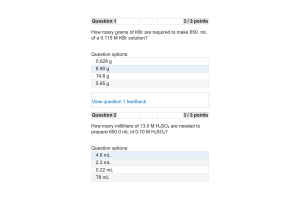
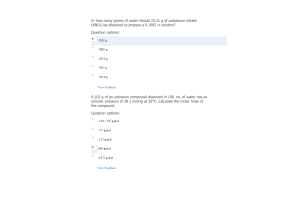
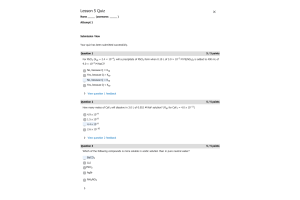
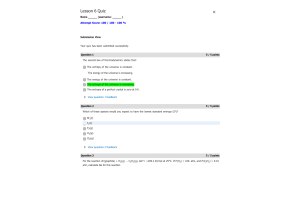
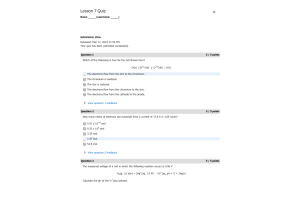
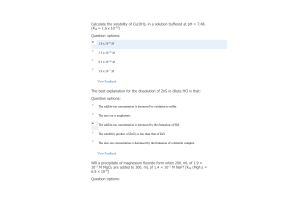
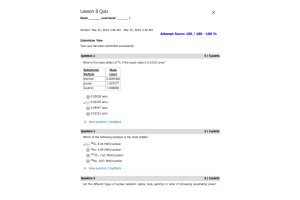



-300x200.png)